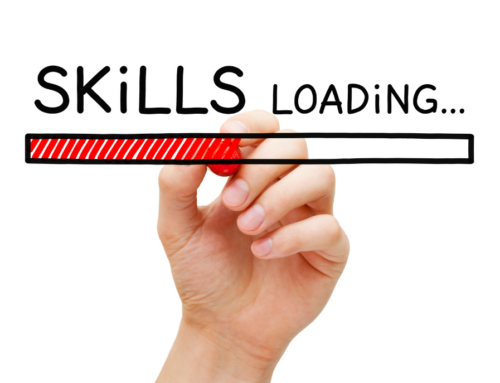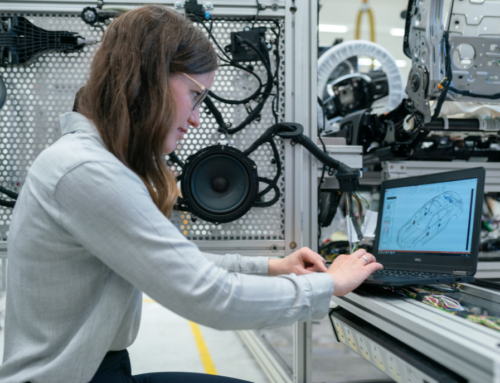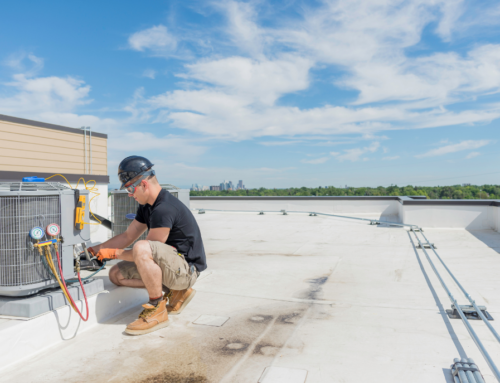The use of virtual reality (VR) in construction is becoming increasingly popular as technology continues to advance. VR allows construction professionals to visualize and interact with their designs in a way that was previously impossible, making the design and planning process more efficient and effective.
One of the main uses of VR in construction is in the design phase. Architects and engineers can use VR to create virtual models of their designs, allowing them to walk through and explore the space before it is built. This allows for the identification and resolution of potential issues before construction even begins, saving both time and money. According to a study by the National Institute of Standards and Technology (NIST), the use of VR in the design phase can result in a 30% reduction in the number of design errors. Additionally, VR can be used to create visualizations for clients, allowing them to better understand the design and provide valuable feedback.
Another use of VR in construction is in the planning phase. Project managers can use VR to create virtual models of the construction site, which can be used to plan out the logistics of the project. This includes the placement of equipment and materials, as well as the coordination of different work crews. This can greatly improve the efficiency of the construction process and help to avoid potential issues. According to a study by JLL, the use of VR in construction planning can result in a 15% reduction in project costs.
VR is also being used in construction training. Construction companies are using VR to provide workers with a safe and controlled environment to practice and train on different types of equipment and techniques. This can help to improve worker’s skills and reduce the risk of accidents on the job. According to a study by the Construction Industry Institute (CII), the use of VR in construction training can result in a 40% reduction in worker injuries.
Another important aspect of using VR in construction is the ability to enhance collaboration and communication among project stakeholders. VR can be used to create virtual meetings and walkthroughs, allowing team members to review designs and plans together in real-time, regardless of their physical location. This greatly improves the collaboration and communication process, and can help to ensure that all stakeholders are on the same page and working towards the same goals. Additionally, VR can be used to create virtual simulations of the construction process, which can be used to train workers and help to improve collaboration among different work crews.
Another potential benefit of VR in construction is the ability to improve the overall project workflow. VR can be used to create virtual models of the construction site, which can be used to plan out the logistics of the project. This includes the placement of equipment and materials, as well as the coordination of different work crews. By using VR to create a virtual model of the construction site, project managers can analyze the workflow and make adjustments to improve the efficiency of the construction process. This can lead to reduced project timelines and cost savings.
Overall, the use of VR in construction is providing a new level of efficiency and accuracy to the design, planning, and training process in the construction industry. As VR technology continues to advance and become more accessible, it’s expected that its use will become even more widespread in the construction industry. With the help of VR, construction professionals can achieve better results, faster and with more accuracy. It’s important to note that while the use of VR in construction is rapidly growing, it’s not a replacement for traditional methods but an addition to it.








Leave A Comment